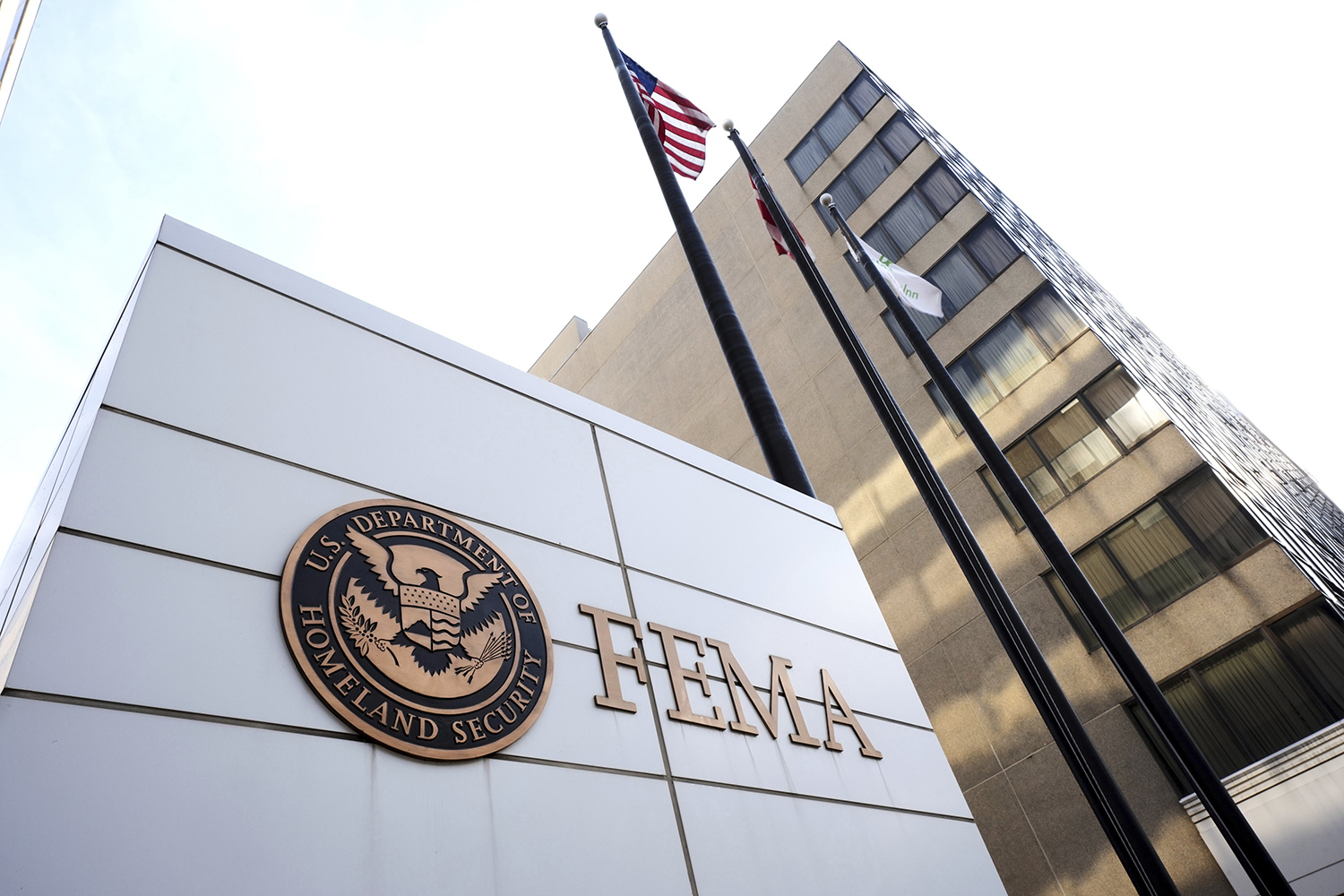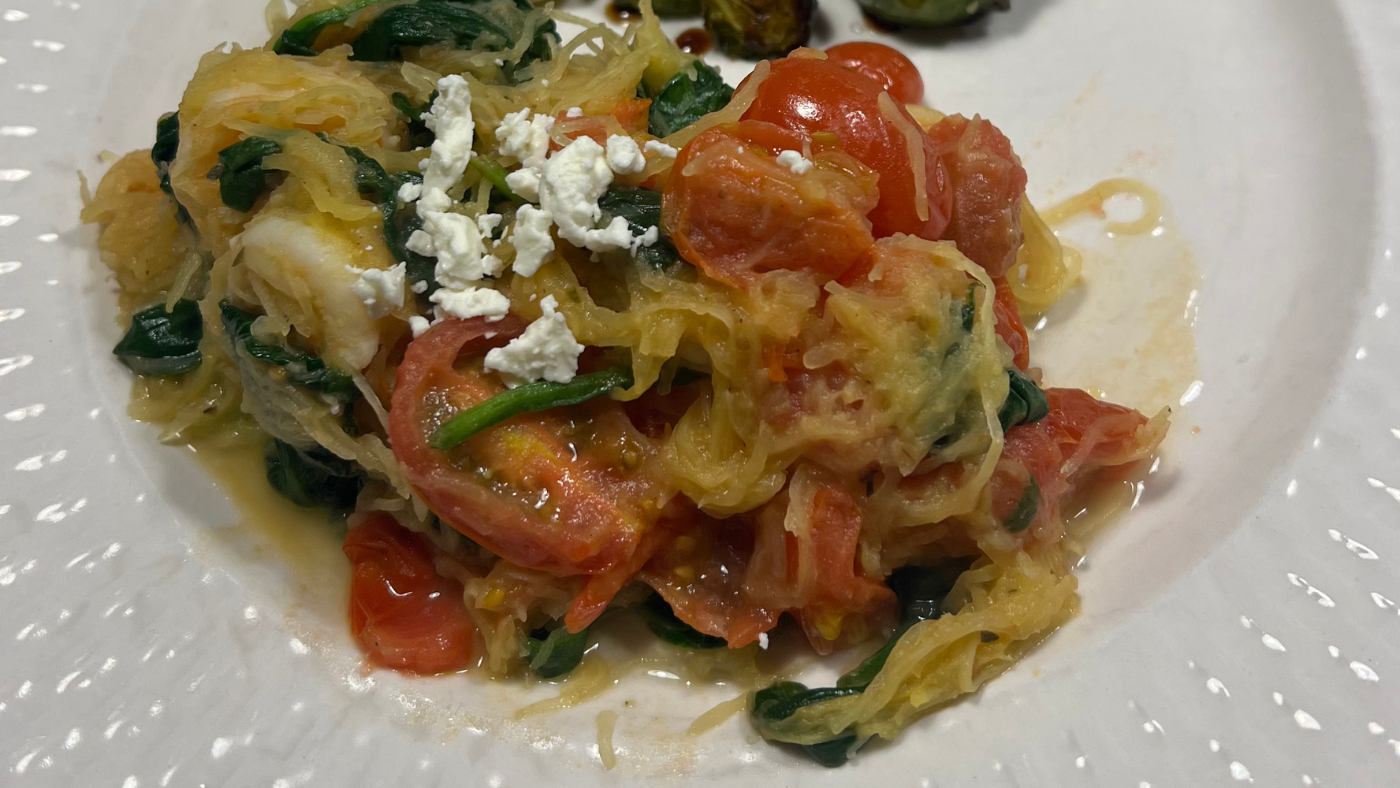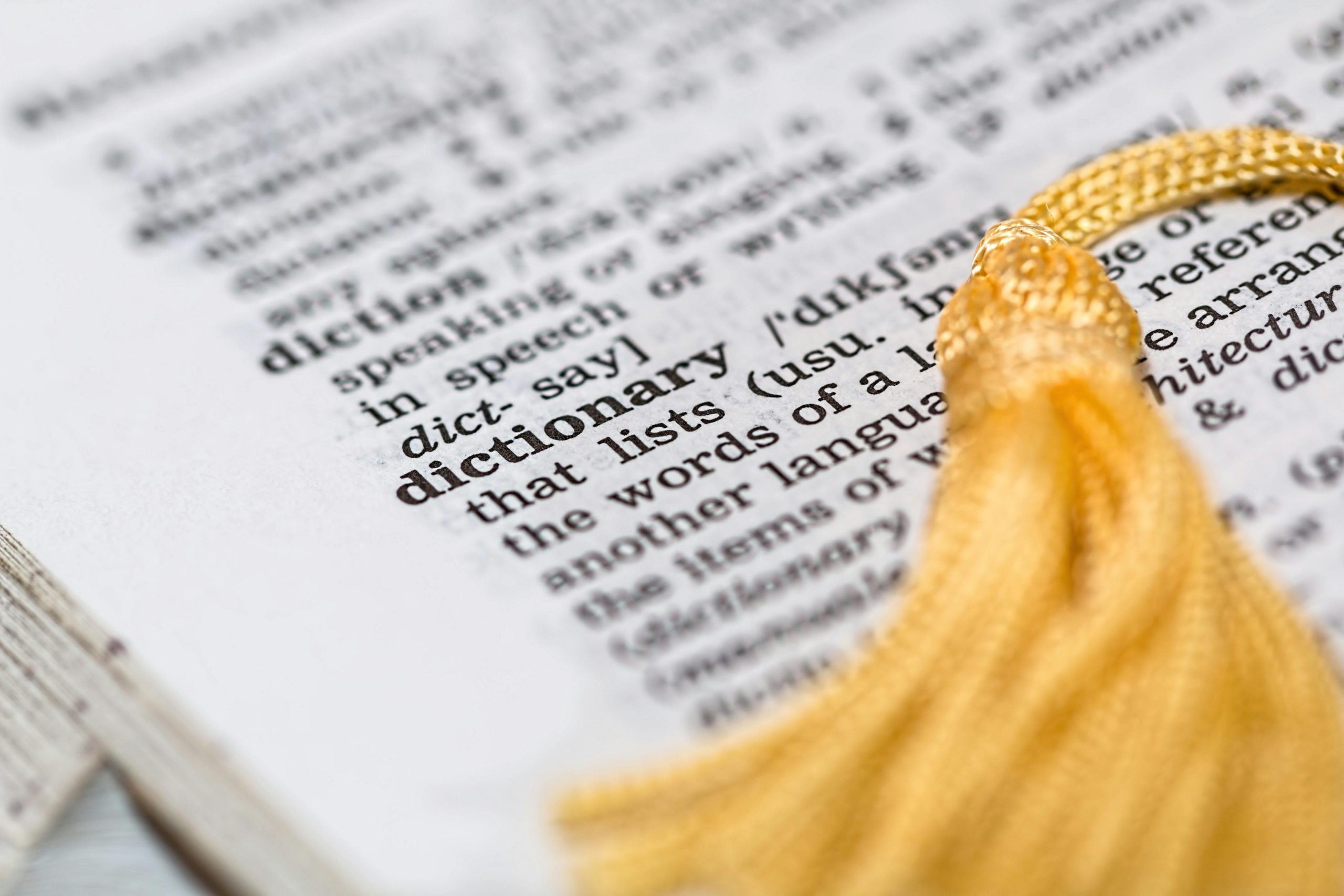By MATTHEW PERRONE AP Health Writer
WASHINGTON (AP) — U.S. regulators approved updated COVID-19 shots Wednesday but limited their use for many Americans — and removed one of the two vaccines available for young children.
The new shots from Pfizer, Moderna and Novavax are approved for all seniors. But the Food and Drug Administration narrowed their use for younger adults and children to those with at least one high-risk health condition, such as asthma or obesity. That presents new barriers to access for millions of Americans who would have to prove their risk — and millions more who may want to get vaccinated and suddenly no longer qualify.
Additionally, Pfizer’s vaccine will no longer be available for any child under 5, because the FDA said it was revoking the shot’s emergency authorization for that age group.
Parents will still be able to seek out shots from rival drugmaker Moderna, the other maker of mRNA vaccines, which has full FDA approval for children as young as 6 months. But the company’s Spikevax vaccine is only approved for children with at least one serious health problem.
The revamped vaccines target a newer version of the continuously evolving virus and are set to begin shipping immediately. But it could be days or weeks before many Americans know if they’ll be able to get one, with access dependent on decisions by federal health advisers, private health insurers, pharmacies and state authorities.
The new restrictions — previewed by FDA officials in May — are a break from the previous U.S. policy, which recommended an annual COVID-19 shot for all Americans 6 months and up.
The approach reflects heightened skepticism about the ongoing risks of COVID-19 and the need for yearly booster shots from Health Secretary Robert F. Kennedy Jr. and FDA Commissioner Marty Makary, both outspoken critics of wide-scale vaccinations.
“The American people demanded science, safety, and common sense. This framework delivers all three,” Kennedy wrote on social media.
Novavax’s shot is only open to people 12 or older, not younger children, and under the same risk-based restrictions as are now in place for the Moderna and Pfizer options. It’s the nation’s only traditional, protein-based COVID-19 vaccine.
Coverage questions and access issues are unresolved
The limits “can’t help but create barriers to vaccinations” and cause confusion for patients, doctors and pharmacists, said Dr. William Schaffner, a Vanderbilt University vaccines expert.
Some medical groups, including the American Academy of Pediatrics, have objected to the new limits, saying they may block vaccine access for families who want to protect their children. Last week, the group offered its own recommendations for kids, saying annual shots are strongly recommended for children ages 6 months to 2 years and advised for older children.
In his post Wednesday, Kennedy said the shots will be “available for all patients who choose them after consulting with their doctors.”
But Americans are likely to confront a number of logistical hurdles.
Insurers typically base their vaccine coverage decisions on the recommendations of a panel of advisers to Centers for Disease Control and Prevention, but some say they will also look to medical professional groups, including the American Medical Association.
Earlier this year, Kennedy replaced the entire CDC panel, naming several doctors and researchers who have repeatedly questioned the safety of commonly used vaccines and ingredients. The panel is expected to meet in September, but no agenda has been released.
Depending on the panel’s advice, Americans under age 65 could be expected to provide documentation of a serious medical condition before they can get a shot. Complicating the rollout is the fact that pharmacists — who administer most COVID-19 shots — typically aren’t expected to collect that kind of information. And laws governing their ability to administer routine vaccinations vary by state, where pharmacists are licensed.
Many states limit vaccinations by pharmacists to those recommended by the CDC panel.
Access could also be complicated for healthy adults and children who are interested in getting a shot for extra protection.
If the latest vaccines aren’t covered by their insurance, those patients could be required to pay $150 or more out of pocket if they want one. If they aren’t considered high-risk, they might also have to find a doctor or other health professional willing to give the shot “off label.”
“This makes things much more complicated, and when things get complicated we see vaccine uptake go down,” said Andy Pekosz, a virologist at Johns Hopkins University.
Shots target a recently dominant coronavirus version
The updated shots from Pfizer, Moderna and Novavax target coronavirus subtypes that are closely related to some newly emerging cousins. Pfizer and Moderna said they expect their shots to be available within days. Novavax’s vaccine is expected in the early fall, a spokesman said.
All three shots were initially made available under the FDA’s emergency use authorization, an expedited process to quickly review vaccines and other countermeasures during the pandemic. Pfizer had not yet sought full approval for its doses designed for children under 5, which is the reason that Moderna will be the only provider of shots for the youngest children this year.
In addition to revoking emergency use of Pfizer’s vaccine in young children, Kennedy said Wednesday the government also pulled remaining authorizations for all other COVID-19 vaccines and another therapy from the pandemic years, convalescent plasma, which was used to treat hospitalized COVID-19 patients before the first antiviral drugs became available.
COVID-19 vaccines do a good job preventing severe disease, hospitalization and death, which remain a bigger risk for seniors and people with underlying health factors, including heart disease, lung disease and cancer.
Preliminary data from the CDC estimates 47,500 Americans died from COVID-related causes last year. In at least two-thirds of those cases, COVID-19 was listed as the underlying cause of death. For the rest, COVID-19 was a contributing factor.
___
Associated Press journalists Mary Conlon, Lauran Neergaard and Mike Stobbe contributed to this story.
___
The Associated Press Health and Science Department receives support from the Howard Hughes Medical Institute’s Science and Educational Media Group and the Robert Wood Johnson Foundation. The AP is solely responsible for all content.













